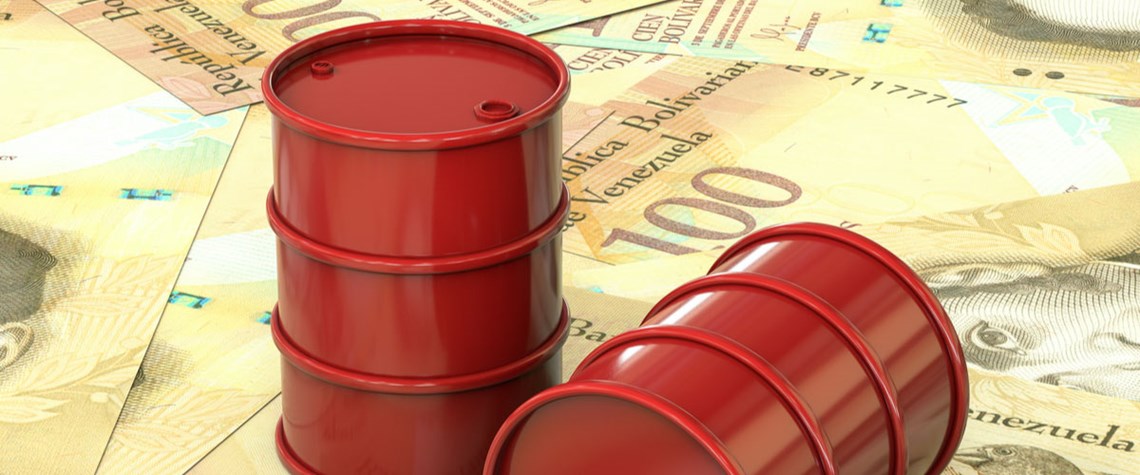Letter from South America: Ukraine crisis brings opportunities and costs
While the region’s crude producers stand to benefit from high prices, LNG importers will feel the pressure
Russia’s invasion of Ukraine has—probably more than any event apart from Covid—shown how interconnected the world is in the 21st century. And as we have seen, there are few industries more exposed to the volatility created by the conflict than oil and gas. The war also shows how reliant the world still is on hydrocarbons and highlights the nature of the industry’s low demand elasticity. The perceived threat to supply caused by sanctions—and potential sanctions—was enough to send prices soaring to heights not seen in the last 15 years. In Latin America, big oil producers such as Brazil will fill their coffers because of sustained higher prices. As the US, and even Europe, impose sanctions on

Also in this section
12 December 2025
The latest edition of our annual Outlook publication, titled 'The shape of energy to come: Creating unique pathways and managing shifting alliances', is available now
12 December 2025
The federal government is working with Alberta to improve the country’s access to Asian markets and reduce dependence on the US, but there are challenges to their plans
11 December 2025
The removal of the ban on oil and gas exploration and an overhaul of the system sends all the right messages for energy security, affordability and sustainability
10 December 2025
The economic and environmental cost of the seven-year exploration ban will be felt long after its removal








